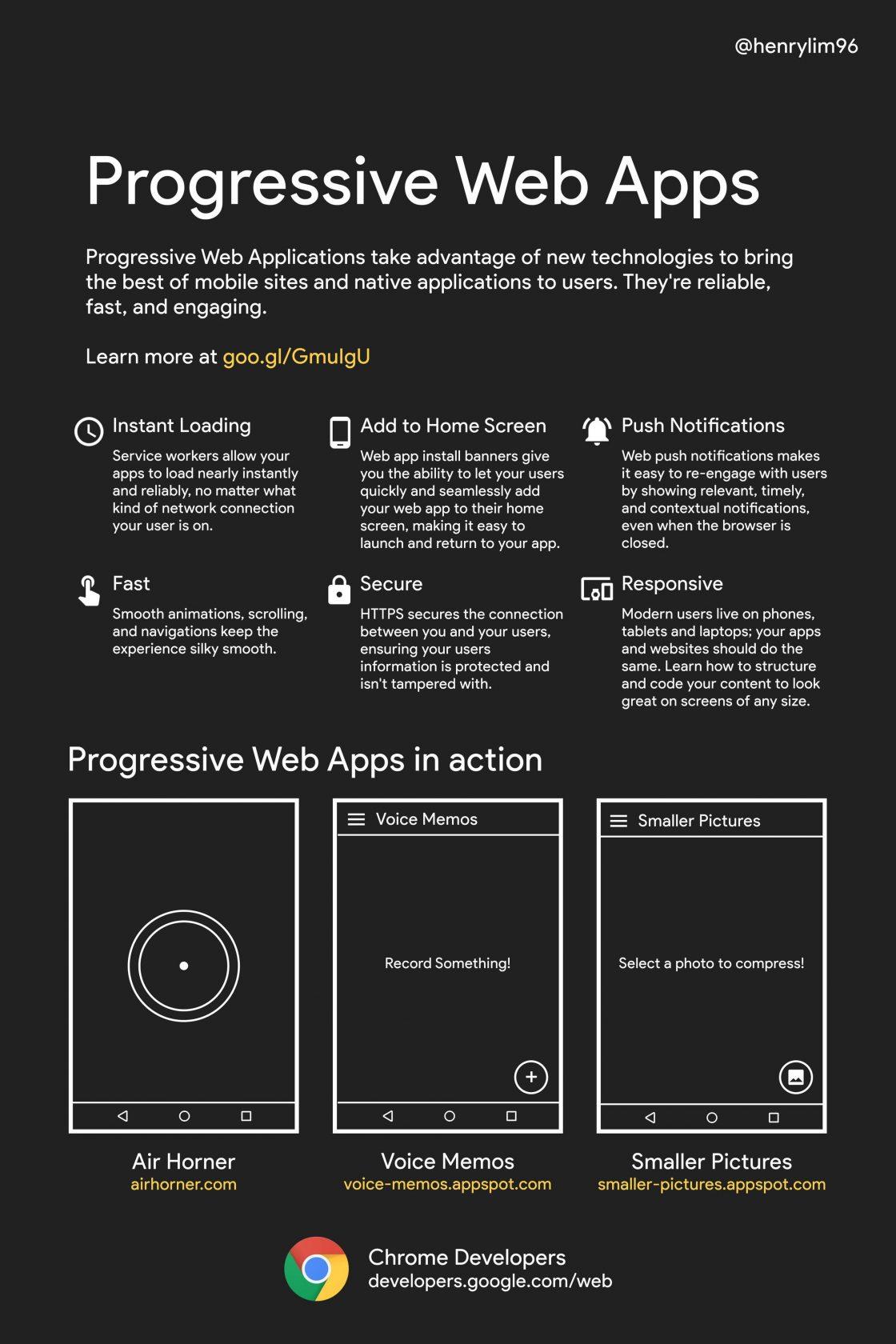PWAs, yup – another three-letter tech anagram from Google.
They’re taking the mobile comms world by storm and if you didn’t know about them before stumbling across this article, then read on because they are big news! In fact, PWAs (that’s Progressive Web Apps – if you weren’t in the know) have been identified by massive web brands, such as Google, as being key to delivering amazing user experiences online in an entirely new way.
You could even go as far as to say they are the new superhero on the block, out to save the universe. Maybe not that last part, but they are pretty awesome.
What is a PWA?
Well, it’s still something that lives in the web – but better. A PWA is a web app that uses the most up development techniques to create a more app-like experience.

One of the best places to start with this is really to take a quick look at native apps. They send you regular notifications, can work without access to the internet and, perhaps notably, they have a unique look and feel – at least in terms of aesthetics.
Just to keep things simple (or least as much as we can). Commonly a mobile browser doesn’t naturally do those aforementioned things. Not to say that it can’t, but in historical terms – it hasn’t.
A seamless transition with zero friction
This is the part where the shiny and new Progressive Web App (PWA, remember), struts onto the dancefloor and steals the show.
PWA’s bridge the gap between the app-like experience and the mobile web without needing to download a mobile app – everything happens straight through the browser itself. Best of all, a PWA is accessible to anyone and it’s completely secure.

With PWAs, it’s possible to provide a seamless transition from a link or search in regards to a mobile user’s expectations of what they see on their devices.
After years of indoctrination through installing mobile apps, people expect a certain thing from information consumed through their mobile devices. So, PWA’s provide an app-like experience without the friction of actually installing an app.
Okay, they sound interesting, but what else makes them great?
If you haven’t already been convinced to treat your users, and yourself, to a PWA for your brand, then here’s a little refresher of the pros:
A PWA can be installed and live on your home screen. Once the criteria are met (ability to load offline, be of secure origin and able to reference a web app manifest), Chrome – one of the main supporting browsers behind PWA’s – will prompt the user with the opportunity to add the PWA to their home screen. Flipkart’s saw an increase of 70% with their conversion rate from users launching their PWA from the homescreen.
Whatever your network connection, a PWA will work reliably. Take Konga, for instance. Since fully utilising the power of the PWA, they have cut their data usage by a staggering 92%. So, if you’re a user, think of what you’ve just saved. Talk about value for data. How many Facebook or Instagram updates does that equate too?
It is possible to engage with your users, which can often result in higher profit margins. Just ask eXtra Electronics. Utilising Web Push Notifications (another which definitely has three-letter tech anagram potential) which can also be used with a PWA, saw eCommerce sale doubled and users now spend double the amount of time on the site. Ker-ching.
In fact, reading paragraphs on the benefits can be a little tedious – here is an infographic we made earlier for those who digest information through a visual format better.

Anything else that I need to know?
If you’re looking to implement a PWA (and you should be!) then you should probably read about the requirements on what Google demands for a PWA to be a PWA. It’s also worth checking out Lighthouse, an open source project, is an automated tool built for improving the overall quality of web pages.
More specifically though, it features audits for performance, accessibility and, you guessed it, Progressive Web Applications.
A PWA makes the mobile web as close to an installable app as possible. But their background functionality does require service workers and a web app manifest.
There is a hefty amount of development that can go into creating a bespoke PWA, but there are other options on the market. AppInstitute has recently released a drag and drop PWA builder so that SMB’s can make use of the technology without having to worry about the daunting list of requirements.
Could this be the beginning of the end for native apps?
Ultimately, it’s easy to see why PWAs have quickly become a driving force in the world of mobile.
They take what’s old, the web, and make it into something new and fresh and exciting, like an app? It’s trendy and cool but it’s so much more than an app.
They can play a pivotal role at the very foundations of your business model, which is the more interesting point…
With a plethora of case studies that showcase a considerable rate of improvement across the board, it’s highly likely the absence of a PWA in your marketing strategy, over time, will no doubt directly impact mobile acquisition and retention.
If you take anything away from this article – start thinking about the future of mobile and how PWA’s will affect your business, after all, being behind with trends can sometimes be detrimental to businesses.



